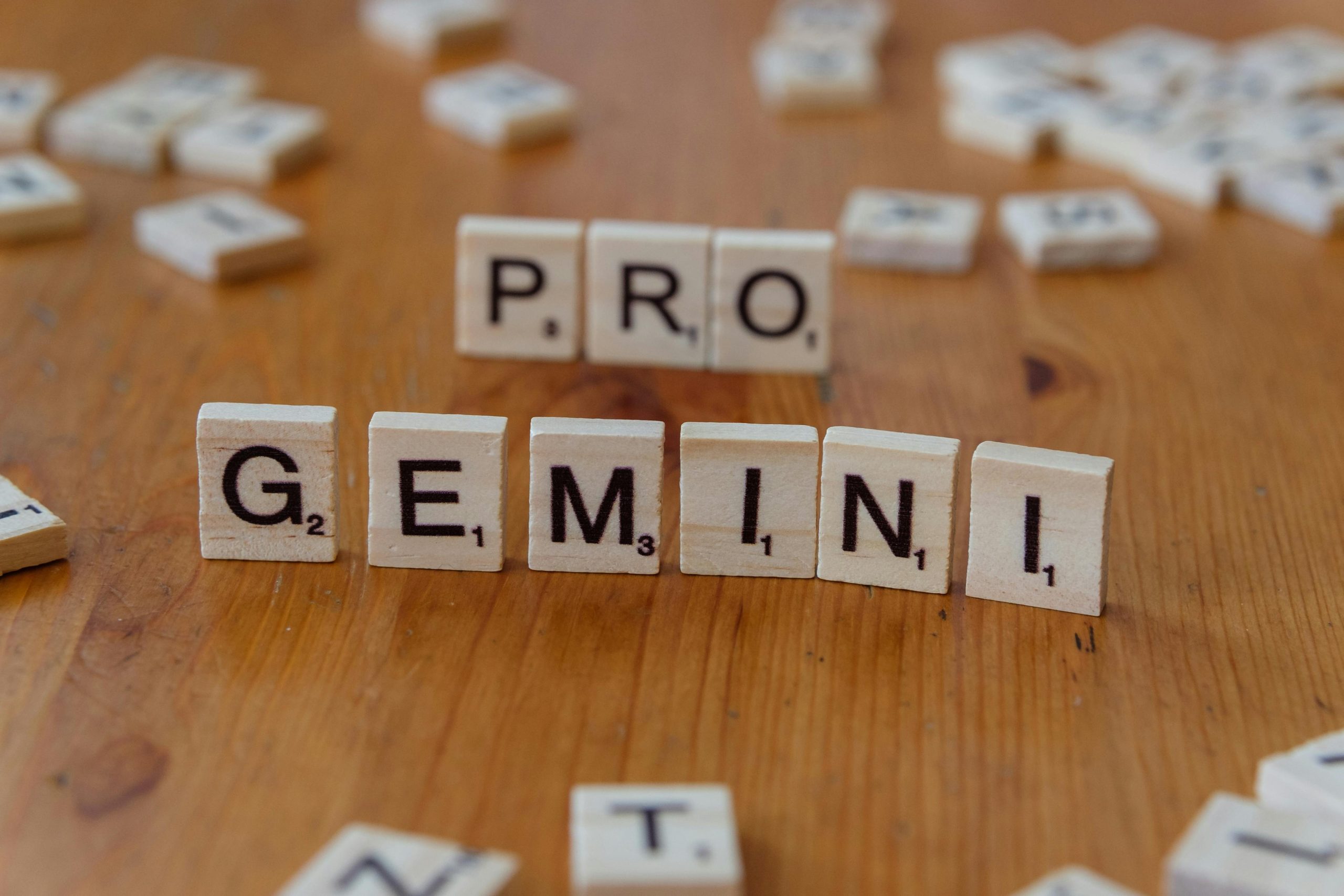5 Gemini Prompt Frameworks That Will 10x Your Results (Copy + Paste)
Maximize Your Results with These 5 Proven Gemini Prompt Frameworks
In the world of AI-assisted productivity, many users approach tools like Gemini by simply inputting questions and hoping for insightful answers. While spontaneity has its place, the most impactful and high-quality outputs are achieved through strategic prompt structuring. Thoughtfully designed prompts can dramatically enhance the quality and relevance of the responses you receive, whether you’re working on a professional project, studying, or developing side ventures.
After extensive testing of numerous prompt techniques, I’ve identified five core frameworks that consistently deliver superior results. Implementing these structures will power up your interaction with Gemini, accelerating your progress tenfold.
1. The Role and Goal Alignment Framework
How to use:
You are a [specific role, e.g., startup strategist].
My objective is [desired outcome, e.g., validate a new SaaS idea within 30 days].
Develop a detailed, step-by-step plan to achieve this.
Why it’s effective:
Assigning a clear role guides Gemini to tailor its insights within a specific professional lens, enhancing relevance. Clearly stating your goal prevents vague responses, ensuring the output directly addresses your needs.
2. The Clarifying Question Method (5Q Approach)
How to use:
Before providing an answer, ask me 5 clarifying questions.
Then, generate a customized, comprehensive solution with relevant examples.
Why it’s effective:
This approach ensures Gemini gathers sufficient context by asking targeted questions upfront. The subsequent response is more precise and tailored, saving you time and increasing usefulness.
3. The Comparative Analysis Flow (Options → Compare → Decide)
How to use:
Provide 3 different strategies for [specific problem].
Compare each option (pros, cons, risks).
Based on my circumstances, recommend the most suitable approach.
Why it’s effective:
Encourages structured thinking, forcing Gemini to weigh alternatives systematically—helping you make informed decisions without feeling overwhelmed by information overload.
4. The Iterative Refinement Process
How to use:
Draft an initial version of [project, content, idea].
Refine it through three stages:
1) Expand and elaborate
2) Shorten and streamline
3) Polish for tone and clarity
Why it’s effective:
Mimics human writing workflows—














Post Comment